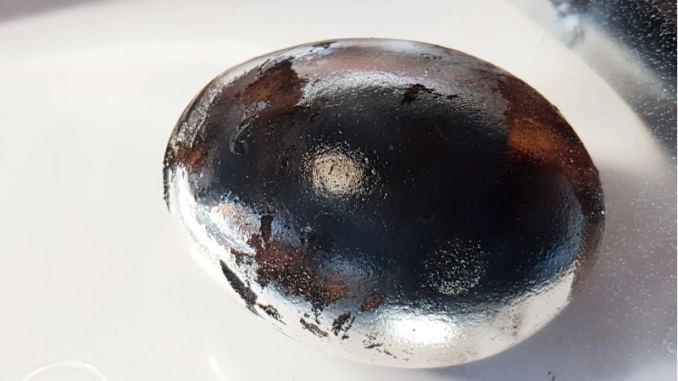
Is the silver color of the egg real or an illusion?
Some alchemists claimed to be able to turn lead into gold. Nicolas Flamel, a 15th-century French alchemist, was working on it, convinced that it was possible. Alas, he never succeeded! In his image, you will make the shell of an egg shine like silver. The illusion of the silver egg is explained by science, of course.
You will need:
- A fresh egg
- A glass jar full of water
- A candle
- A lighter
- A grill tongs
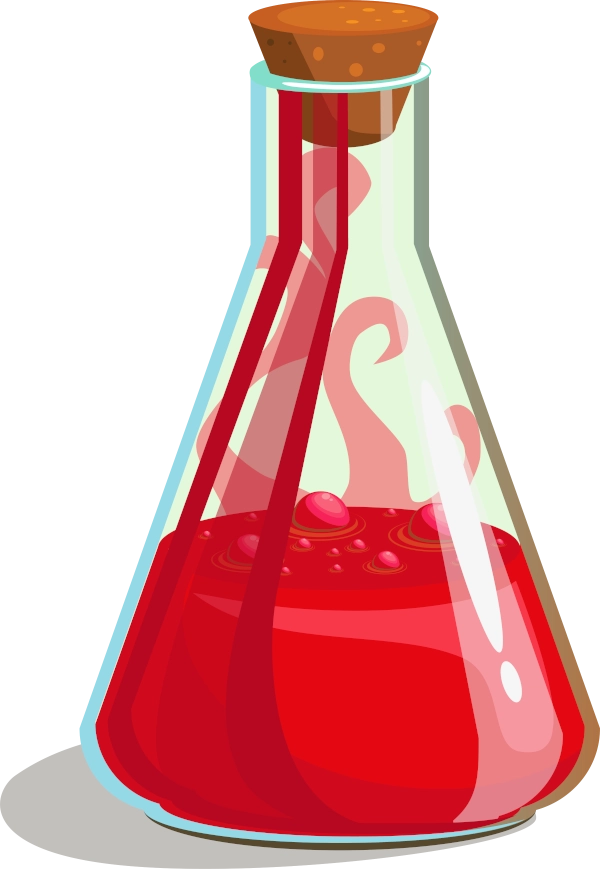
From 8 years old
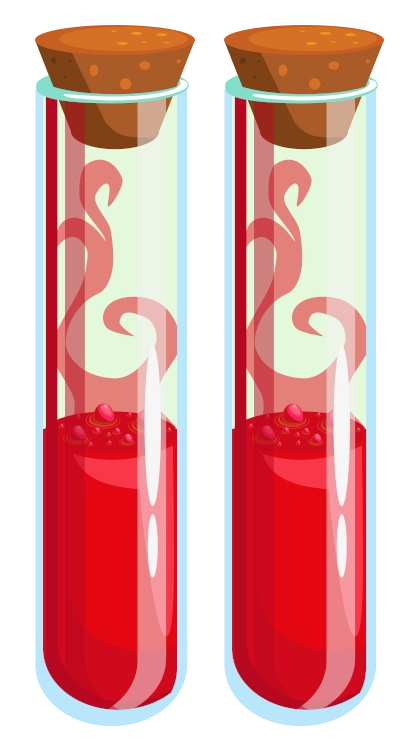
Difficulty : medium

This experience requires the help of an adult

Let's experiment


Light a candle and ask an adult to hold the egg over the flame


As soon as the first black spots of soot appear, move the egg until its entire surface is covered with soot.
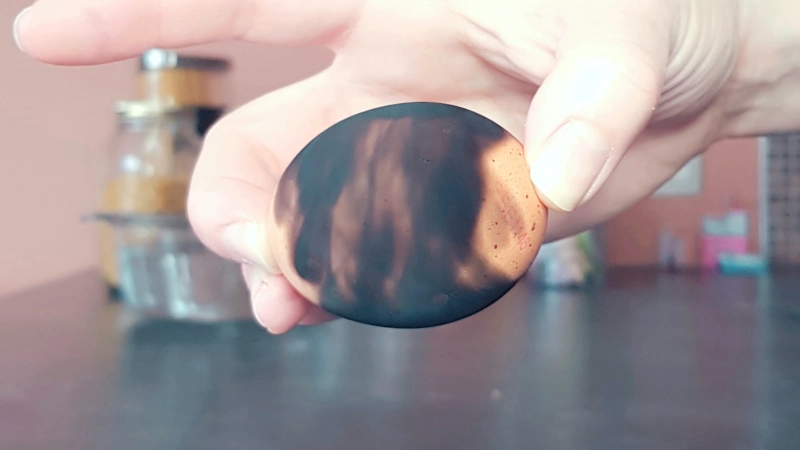

Do not forget the tops of your egg so that they too are covered in soot.
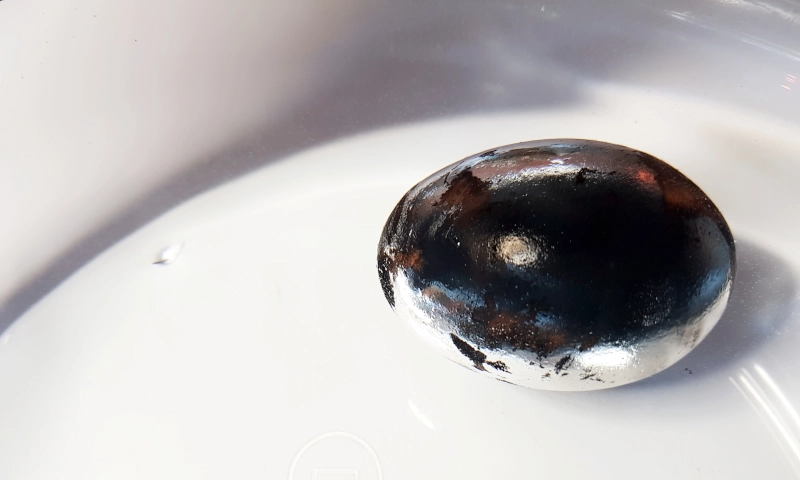

Fill a glass jar with water and carefully dip your egg into it.
TADAM! Silver reflections appear immediately once the egg is in the water.
Understand the experiment
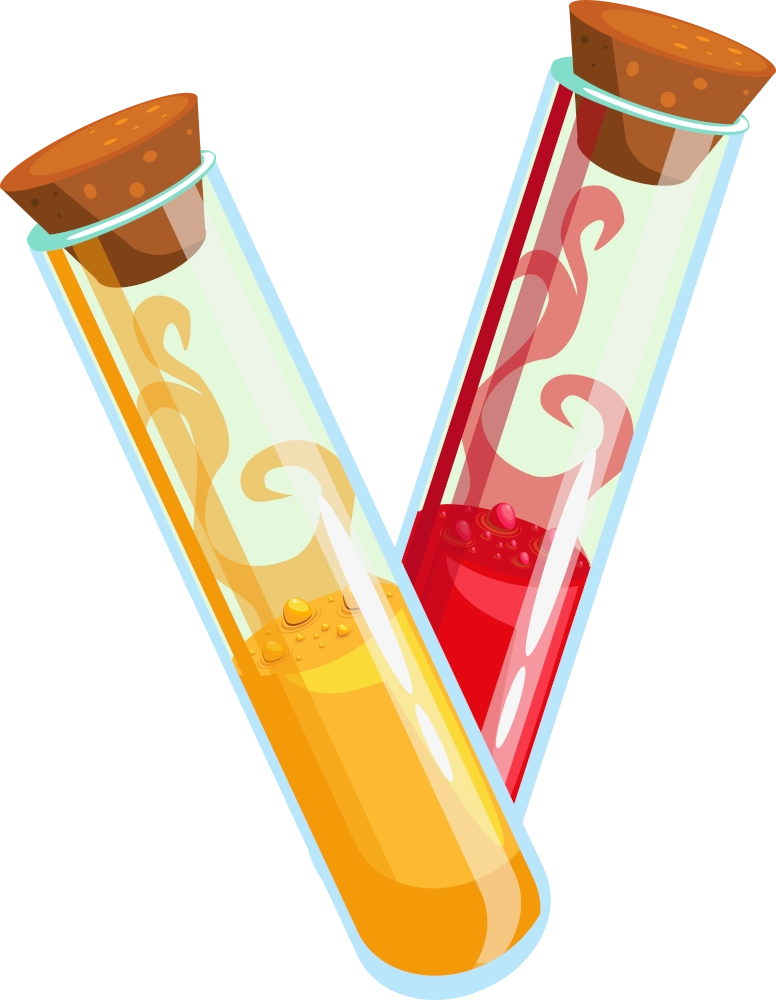
The illusion of the silver egg
When the candle is lit, the egg becomes covered with soot. Soot is a mixture of compounds produced by the burning of the eggshell. It contains mainly carbon, which gives it its black color. This carbon is in the form of extremely fine dust that hates contact with water. These are called hydrophobic particles.
Also, when you dip the egg in water, it carries with it microbubbles of air to reduce contact between the soot and the water. These microbubbles form a film of air that acts as a mirror once in the water.
The outside light that arrives on the egg encounters different media. The light passes through the water and then the air before arriving on the egg. These changes of medium influence the propagation of light. It changes direction. But depending on the angle of incidence, it can be totally reflected. It is the total reflection of the light that gives you the impression of having a silver egg. But when you take the egg out of the water, it is black and dry!

An illusion that exists only in water.
Challenge
Will the egg be silver in another liquid?
To find out if soot soothes in its environment, test different liquids. Oil, vinegar, colorless soda … and record your observations. Does the silver egg illusion work in other fluids?
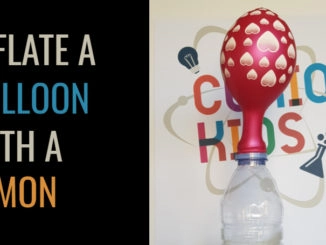
Inflate a balloon with lemon.
Have you noticed that some fruit juices are more acidic than others? To find out […]
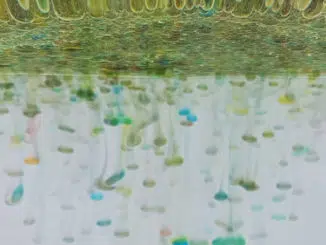
Create a colorful rain in a glass
A colorful rain in a glass of water, can you believe it? Here is a […]
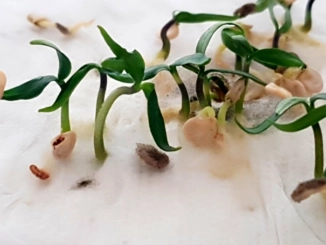
Grow peppers from pepper waste
You’ll never buy pepper seeds for your vegetable garden again with this tip. With this simple experience, you will understand what a seed needs to germinate. Does it need light or dark? Is it possible to germinate them faster? […]


